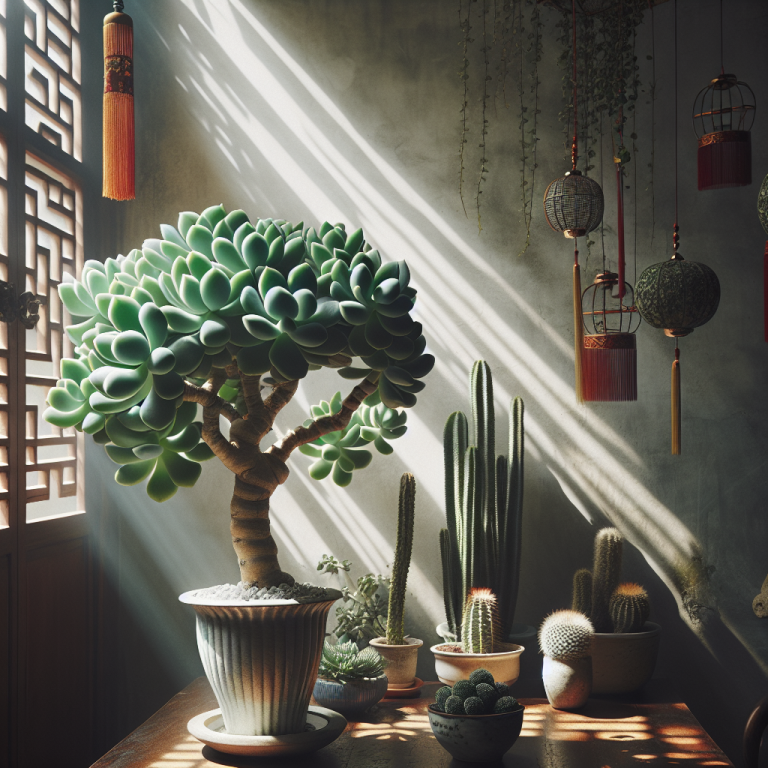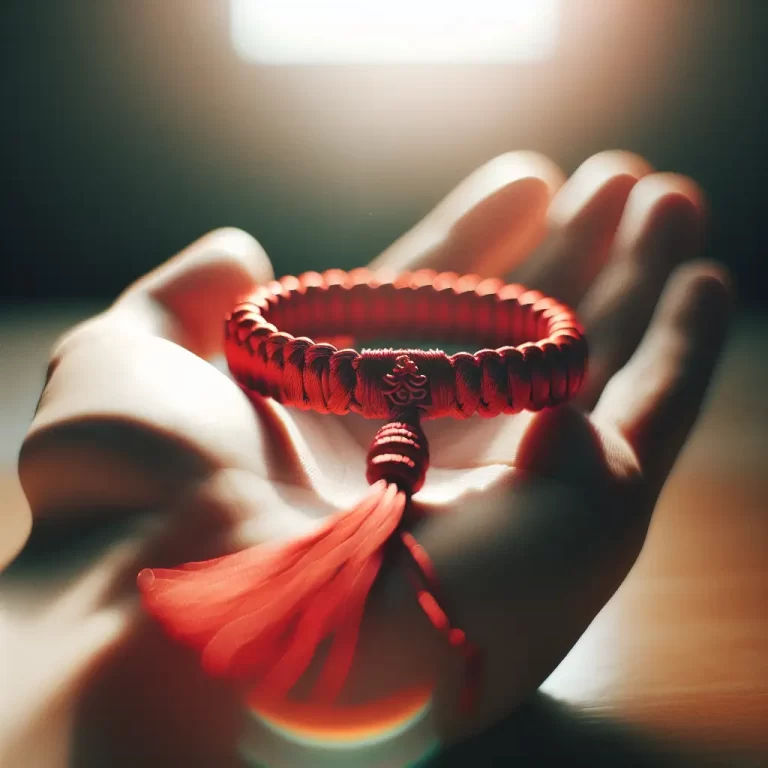Contents
- Carpets in Feng Shui: Enhancing Energy Flow and Harmony in Your Home
- The Role of Carpets in Feng Shui
- Choosing the Right Carpet
- Colors and Materials
- Patterns and Shapes
- Carpet Placement for Optimal Feng Shui
- Entrance
- Living Room
- Bedroom
- The Five Elements and Carpets
- Feng Shui Carpet Do’s and Don’ts
- Do’s:
- Don’ts:
- A Feng Shui Carpet Success Story
- FAQs
- Can I use synthetic carpets in Feng Shui?
- How often should I clean my carpets for good Feng Shui?
- Are wall-to-wall carpets good for Feng Shui?
- Can I use multiple carpets in one room?
- How do I choose the right size carpet for Feng Shui?
Carpets in Feng Shui: Enhancing Energy Flow and Harmony in Your Home
In the ancient practice of Feng Shui, every element of your living space plays a crucial role in the flow of energy, or chi. Carpets, often overlooked, can significantly impact the Feng Shui of your home. Let’s explore how these floor coverings can be harmoniously integrated into your space, enhancing both aesthetics and energy flow.
The Role of Carpets in Feng Shui
Carpets serve multiple purposes in Feng Shui. They can:
- Enhance energy flow in a room
- Promote health and balance through natural materials
- Create harmony by matching the five elements
- Improve specific areas of your home, such as wealth or health corners
When chosen and placed correctly, carpets can be powerful tools for attracting positive energy and creating a balanced, harmonious environment.
Choosing the Right Carpet
Colors and Materials
In Feng Shui, the color and material of your carpet are crucial. Natural materials are preferred as they promote health and balance. When selecting colors, consider the following:
- Gray, brown, and cream carpets are recommended for bathrooms and kitchens to drain negative energies
- Pink and yellow carpets can enhance positivity in spaces with stagnant energy
- Earth tones like beige and tan represent stability and can ground a space
Patterns and Shapes
Patterns inspired by nature can attract wealth and love, as they resonate with positive energy. Round rugs are particularly beneficial in Feng Shui, as their lack of corners doesn’t disrupt the room’s flow.
Carpet Placement for Optimal Feng Shui
Entrance
The main entry is crucial in Feng Shui, as it’s where positive energy enters your home. A vibrant oriental runner in shades of red and orange can draw energy into the home. For compact spaces, a round rug can encourage chi to flow.
Living Room
In the living room, consider these placements:
- Energize the Southeast wealth corner with a zigzag patterned rug in red tones
- Place a nubby, moss-colored rug in the Northwest to summon wood energy and inspire creativity
- Use a rectangular rug to create a warm conversation area
Bedroom
Bedroom rugs should prioritize comfort. Opt for softer colors to create a soothing atmosphere. For romance, choose muted pinks or salmons. For refreshment and renewal, jade or spring green works well.
The Five Elements and Carpets
Incorporating the five Feng Shui elements through your carpet choices can create a balanced and harmonious space:
- Wood: Use green or rectangular carpets
- Fire: Incorporate red, orange, or triangular patterns
- Earth: Choose square carpets in earth tones
- Metal: Opt for round or white carpets
- Water: Use blue carpets or wavy patterns
Feng Shui Carpet Do’s and Don’ts
Do’s:
- Keep carpets clean and well-maintained
- Use natural materials when possible
- Choose colors and patterns that align with the room’s purpose
- Place carpets to define spaces and create flow
Don’ts:
- Avoid cluttered or dark-colored carpets that can trap negative energy
- Don’t use water-themed carpets in bedrooms, as water is considered a Feng Shui taboo in sleeping areas
- Avoid placing large carpets that cover the entire floor space, as this can hinder energy flow
A Feng Shui Carpet Success Story
Sarah, a young professional, was struggling with her career and felt stuck. After consulting a Feng Shui expert, she learned that her home office lacked the proper energy flow. The expert suggested placing a rectangular, earth-toned carpet to ground the space and promote stability.
Sarah chose a beautiful tan carpet with subtle leaf patterns, incorporating both the earth and wood elements. Within weeks, she noticed a significant improvement in her focus and productivity. Her newfound confidence led to a promotion at work, proving the power of thoughtful Feng Shui adjustments.
FAQs
Can I use synthetic carpets in Feng Shui?
While natural materials are preferred, high-quality synthetic carpets can be used if they mimic natural textures and colors.
How often should I clean my carpets for good Feng Shui?
Regular cleaning is essential. Aim to vacuum at least twice a week and deep clean every 6-12 months.
Are wall-to-wall carpets good for Feng Shui?
Wall-to-wall carpets can work if they don’t overwhelm the space. Ensure they complement the room’s energy and purpose.
Can I use multiple carpets in one room?
Yes, but be mindful of creating a balanced look. Use carpets that complement each other and serve specific purposes within the space.
How do I choose the right size carpet for Feng Shui?
The carpet should define the space without overwhelming it. In living areas, ensure furniture legs are either all on or all off the carpet for balance.
In conclusion, carpets can be excellent tools for enhancing the Feng Shui of your home when chosen and placed thoughtfully. By considering color, material, pattern, and placement, you can create a harmonious environment that promotes positive energy flow and supports your well-being.
Remember, Feng Shui is about creating balance and harmony in your living space. Trust your intuition and choose carpets that not only follow Feng Shui principles but also resonate with your personal style and energy.
For more insights on how to incorporate Feng Shui principles into your home decor, visit Feng Shui Bliss. Our collection of spiritual jewelry and accessories can further enhance the positive energy in your space, complementing your thoughtfully chosen carpets and creating a truly harmonious home.







